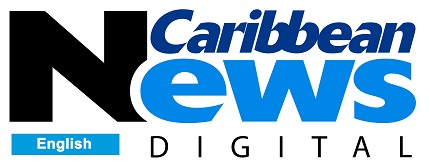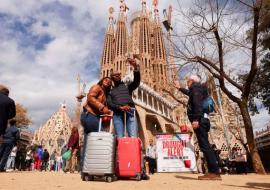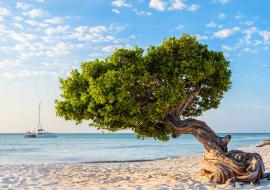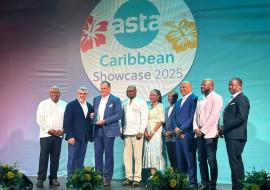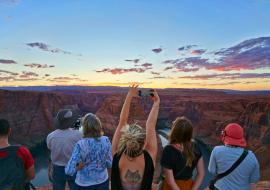The Virtual Getaway: NASA at Home
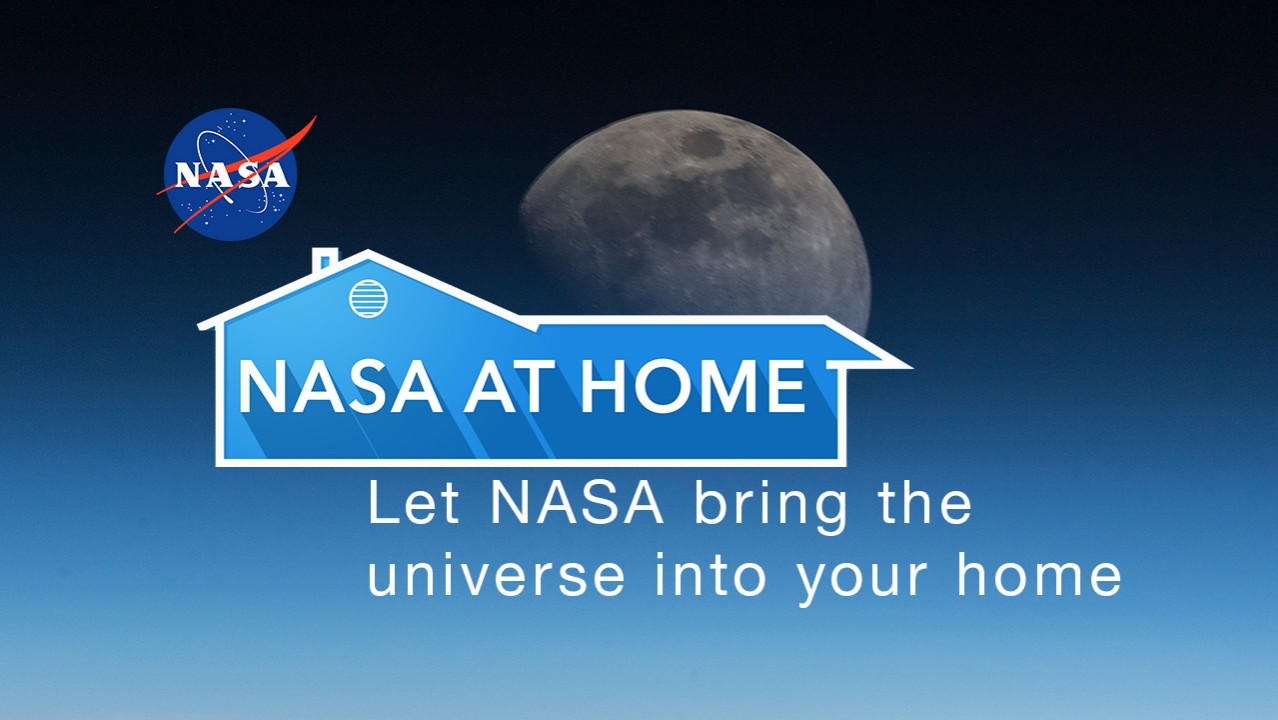
NASA’s new website and social media campaign, NASA at Home, welcomes Internet-browsing space enthusiasts and families to the agency’s beneficial discoveries, research endeavors and exploration initiatives – across the cosmos and right here on Earth – all from the comfort of their own homes.
According to The Red Stone Rocket’s website, NASA at Home serves as a one-stop repository of binge-worthy videos and podcasts, e-books on a variety of topics and do-it-yourself projects. There are also virtual and augmented reality tours for users to explore the International Space Station and NASA’s Hubble Space Telescope, and settle into the pilot’s seat of a NASA aircraft.
The website also spotlights education and entertainment resources and activities for families, K-12 students and higher education students, including formal lesson plans and stories about how NASA science and exploration contribute to and benefit nearly every aspect of life on Earth.
NASA at Home offers ongoing opportunities to interact with agency experts such as astronaut Christina Koch, who served as space station flight engineer during Expeditions 59, 60 and 61.
Koch, who set a record for the longest single spaceflight by a woman – 328 days – reads children’s books each weekday at 3 p.m. on Instagram live. The NASA program is designed to inspire students to pursue careers in the science, technology, engineering and mathematics fields.
For citizen scientists seeking ways to practice “safe science” at home during the COVID-19 pandemic, the site offers the opportunity to take part in real, ongoing research – from the far reaches of the solar system to one’s own backyard.
Visitors to the site can help NASA climatologists track changes in clouds, water, plants and other Earth life; search for brown dwarfs and other planetoids in the outer solar system; or even help spot new exoplanets.
NASA at Home-themed programs also are available on NASA Television weekdays from 9:00 am to 3:00 pm, along with the agency’s regular lineup of around-the-clock mission coverage and news, conversations with astronauts on the space station, education spotlights on science, technology and exploration topics, and historical programs from NASA’s storied past.






